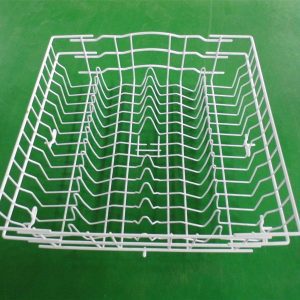PP or PE Which is Food-grade

PP and PE are both food-grade materials.
PP has a higher melting point and can be used to make soy milk bottles, juice bottles, microwave meal boxes, etc. PE has a wider range of applications and is commonly used in the production of fiber products such as clothing and blankets, medical equipment, automobiles, bicycles, parts, conveyance pipes, chemical containers, as well as food and drug packaging.
The main component of PE is polyethylene, which is recognized as the best material for food contact worldwide. It is non-toxic, tasteless, odorless, and has a waxy texture, meeting the hygiene standards for food packaging.
The main component of PP is polypropylene. Polypropylene has the lowest density among all plastics, approximately 0.90.
From a heat resistance perspective, polypropylene has higher heat resistance than polyethylene. Under normal circumstances, the melting temperature of polypropylene is about 40%-50% higher than that of polyethylene, approximately 160-170°C. Therefore, products made of PP can be sterilized at temperatures above 100°C and remain unchanged at 150°C without deformation under no external force.
Food-grade Plastic Description
There are various types of plastic packaging for food contact, including polyethylene (PE), polypropylene (PP), polyvinyl chloride (PVC), polystyrene (PS), polyester (PET), polycarbonate (PC), etc.
Among them, PP and PS are mainly used for disposable plastic cutlery. PP is more stable, while PS may pose certain harm to the human body due to the presence of trace harmful monomers or volatile substances.
Different types of disposable plastic cutlery have different usage conditions and show significant differences in temperature and pressure resistance. The temperature for using disposable plastic cutlery is usually below 100℃, and the highest temperature should not exceed 150℃.

Leave a Reply